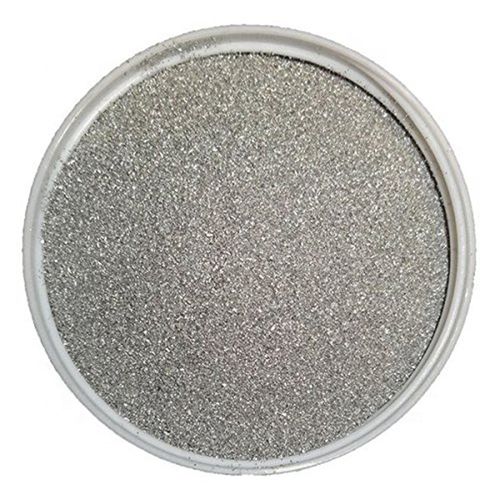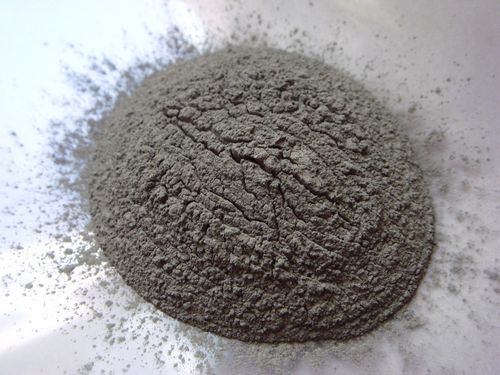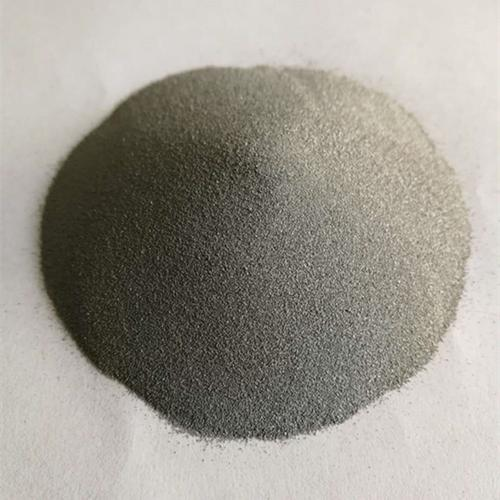Unlock the Power of Powder Coating on Metal
(What Is Powder Coating On Metal)
Ever wonder how that sleek, durable finish on your favorite bike frame, patio furniture, or even car wheels stays looking sharp year after year? Forget messy paints and constant touch-ups. The secret weapon is powder coating on metal. It’s not just paint; it’s a super-tough shield applied in a clever, clean way. Let’s dive in and see why it’s the go-to choice for protecting and beautifying metal everywhere.
**1. What Exactly is Powder Coating on Metal?**
Think of powder coating as paint, but completely reimagined. Instead of liquid solvents, it uses finely ground particles of pigment and resin. Here’s the breakdown:
* **The Stuff:** The “powder” is a dry mix. It contains resins (the stuff that forms the hard film), pigments (for color), flow modifiers (to help it smooth out), and other additives for specific properties like gloss or texture.
* **The Process (Briefly):** The metal part gets cleaned thoroughly. Then, the powder gets sprayed onto the metal using a special gun. This gun gives the powder particles an electrostatic charge. The metal part is grounded (has the opposite charge). Opposites attract, so the powder clings tightly to the metal surface like a magnet. Next comes the magic: the coated part goes into a curing oven. The heat melts the powder particles, causing them to flow together and chemically react. This forms a continuous, hard, smooth, and incredibly durable coating.
* **The Result:** You get a finish that’s tough, attractive, and long-lasting. It’s much thicker than liquid paint but applies evenly without runs or sags.
**2. Why Choose Powder Coating on Metal?**
Powder coating beats traditional liquid paint in almost every way for metal finishing. Here’s why it wins:
* **Serious Durability:** Powder coatings are incredibly resistant to chipping, scratching, fading, and wear. They stand up much better to weather, chemicals, and UV rays than standard paint. Your metal stays looking good longer.
* **Thick Protection, Evenly Applied:** You get a thicker protective layer in one go. The electrostatic application ensures even coverage, even on complex shapes and hard-to-reach areas. No drips, no runs.
* **Eco-Friendly Champion:** Powder coatings contain no harmful solvents (VOCs – Volatile Organic Compounds). This means cleaner air for workers and the environment. Overspray can often be collected and reused, minimizing waste.
* **Cost-Effective Long Term:** While setup costs might be similar, the durability means less frequent repainting. The high transfer efficiency (less wasted material) and lack of solvent costs add up to savings over time.
* **Looks Fantastic:** Powder offers a vast range of colors, textures (glossy, matte, metallic, wrinkled, hammered), and special effects. The finish is typically smoother and more consistent than liquid paint.
* **Speed:** Curing times are generally fast once the part is in the oven. Multiple parts can be coated and cured efficiently.
**3. How is Powder Coating Applied to Metal?**
Getting that perfect powder coat finish involves precise steps:
1. **Pre-treatment is King:** The metal *must* be squeaky clean. Any oil, grease, rust, or dirt will ruin adhesion. Steps usually involve degreasing, rinsing, etching (for aluminum), phosphate conversion coating (for steel), and final rinsing. This step is crucial for long-lasting results.
2. **Drying:** The cleaned metal must be completely dry before powder application. Any moisture causes problems.
3. **The Powder Booth:** The part moves into a spray booth. Operators use a spray gun. This gun charges the powder particles electrostatically.
4. **Spraying:** The operator sprays the charged powder onto the grounded metal part. The electrostatic charge makes the powder stick uniformly over the entire surface, even wrapping around edges slightly.
5. **Recovery (Optional but Common): Excess powder that doesn’t stick (overspray) can be collected by a recovery system, filtered, and often reused. This boosts efficiency.
6. **Curing – The Transformation:** The coated part is transferred to a curing oven. Typical temperatures range from 300°F to 450°F (150°C to 230°C). The part bakes for 10-30 minutes. This melts the powder, allows it to flow into a smooth film, and triggers a chemical crosslinking reaction. This reaction creates the hard, durable finish.
7. **Cooling & Inspection:** After curing, the part cools. Then, it’s inspected for quality – checking for thickness, color, smoothness, and any defects.
**4. Where Do We See Powder Coating on Metal? (Applications)**
Powder coating is everywhere! Look around:
* **Automotive:** Wheels, bumpers, grilles, engine parts, trailers, bicycle frames, motorcycle parts. Handles wear, road debris, and weather.
* **Appliances:** Refrigerator panels, washer/dryer drums, dishwasher racks, oven exteriors, microwave covers. Resists scratches, chemicals, and heat.
* **Architecture & Building:** Window frames, door frames, fencing, railings, light poles, structural steel, roofing panels. Excellent weather resistance and aesthetics.
* **Furniture:** Patio furniture (chairs, tables), office furniture (desk frames, file cabinets), shelving, retail displays. Tough enough for indoor and outdoor use.
* **Consumer Goods:** Lawn mowers, garden tools, barbeque grills, sporting goods, electronics housings, toolboxes. Provides durable color and protection.
* **Industrial:** Machinery housings, agricultural equipment, storage tanks, pipes, electrical enclosures. Protects against harsh environments and chemicals.
* **General Metal Goods:** Fire extinguishers, racks, brackets, signs, artwork. Anywhere metal needs protection and a good look.
**5. Powder Coating on Metal: Your Questions Answered (FAQs)**
Got questions? We’ve got answers:
1. **Is powder coating stronger than paint?** Absolutely. Powder coatings are generally much more resistant to chipping, scratching, chemicals, and fading than liquid paints. The finish is harder and thicker.
2. **How long does powder coating last?** It lasts a long time! Properly applied powder coating on correctly prepped metal can last 15-20 years or more, even outdoors. It far outlasts conventional paint.
3. **Can powder coating be repaired?** Yes, but it’s trickier than touching up paint. Small chips can sometimes be filled with matching liquid paint. For larger damage, the area needs to be stripped, prepped, and recoated. It’s best to avoid damage in the first place.
4. **Is powder coating more expensive?** The initial cost might be similar to high-quality liquid painting. However, powder coating often saves money over time. You get a much longer-lasting finish, less waste, and no solvent costs. You won’t need to repaint nearly as often.
5. **What metals can be powder coated?** Primarily ferrous metals (steel, iron) and aluminum work best. They conduct electricity well for the electrostatic process. Some other metals like brass or copper can be coated but might need special pre-treatment. Non-conductive materials like wood or plastic generally cannot be powder coated using standard methods.
6. **Can I powder coat something at home?** Small-scale DIY powder coating kits exist. They require a dedicated oven (not your kitchen oven!), a spray gun, and careful attention to safety (dust, heat). Pre-treatment is still critical. For most people and larger items, professional application is recommended for the best results.
(What Is Powder Coating On Metal)
7. **Is powder coating safe?** The cured finish is completely safe and inert. It’s commonly used on appliances and playground equipment. However, during application, operators need protection from inhaling the powder dust. The curing ovens require proper ventilation and safety protocols for high heat.
Inquiry us
if you want to want to know more, please feel free to contact us. (nanotrun@yahoo.com)


